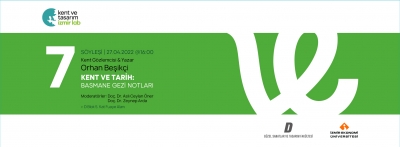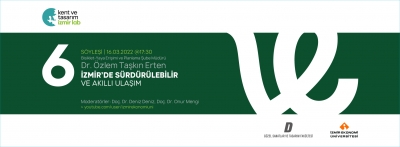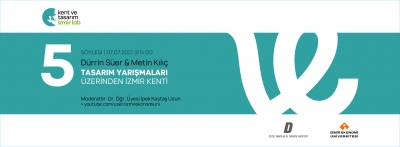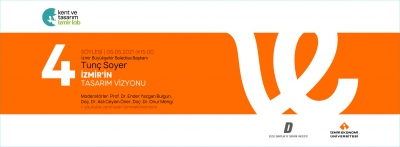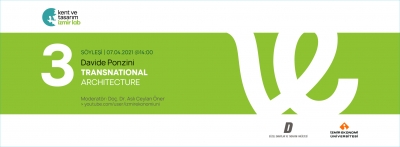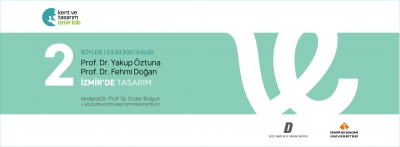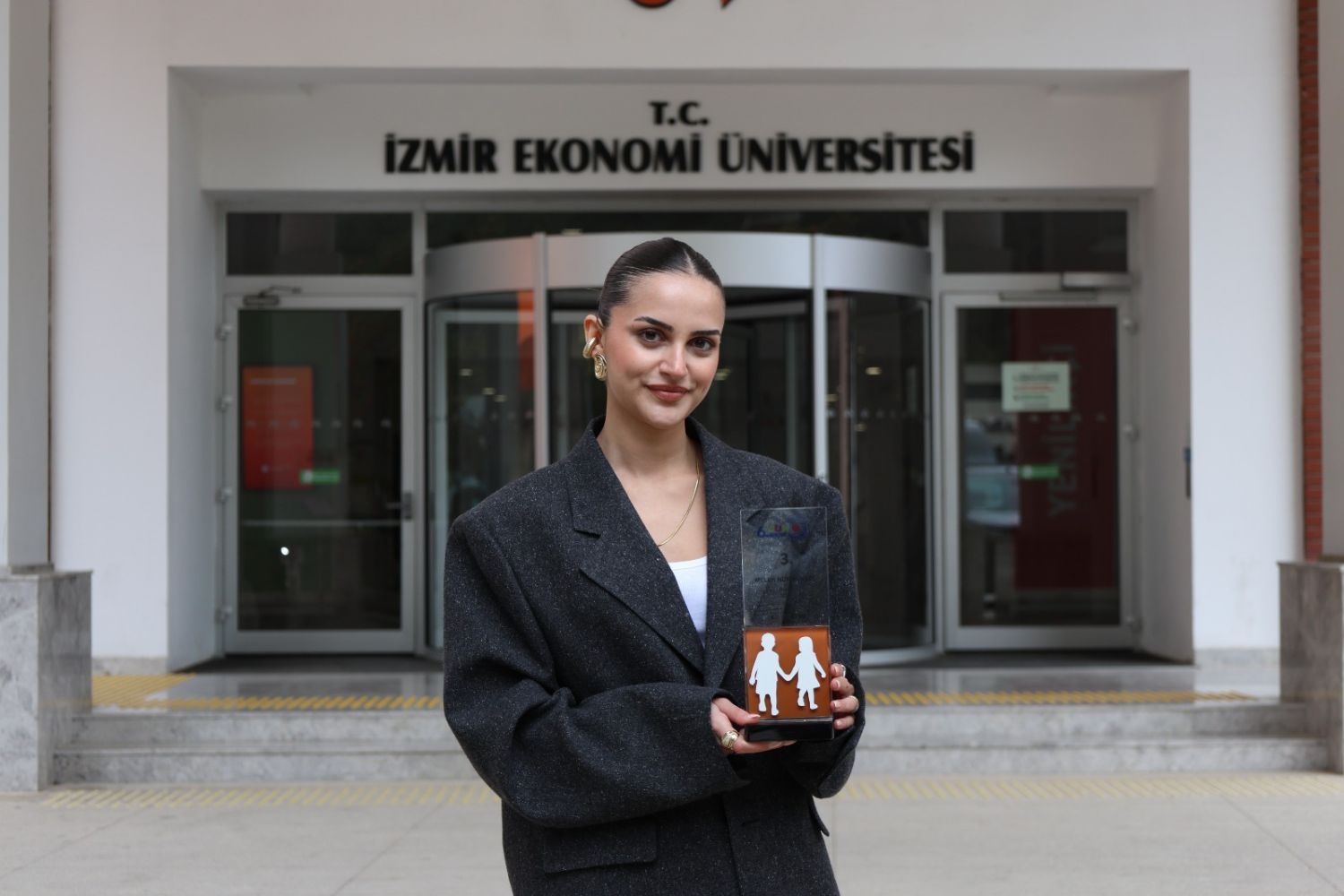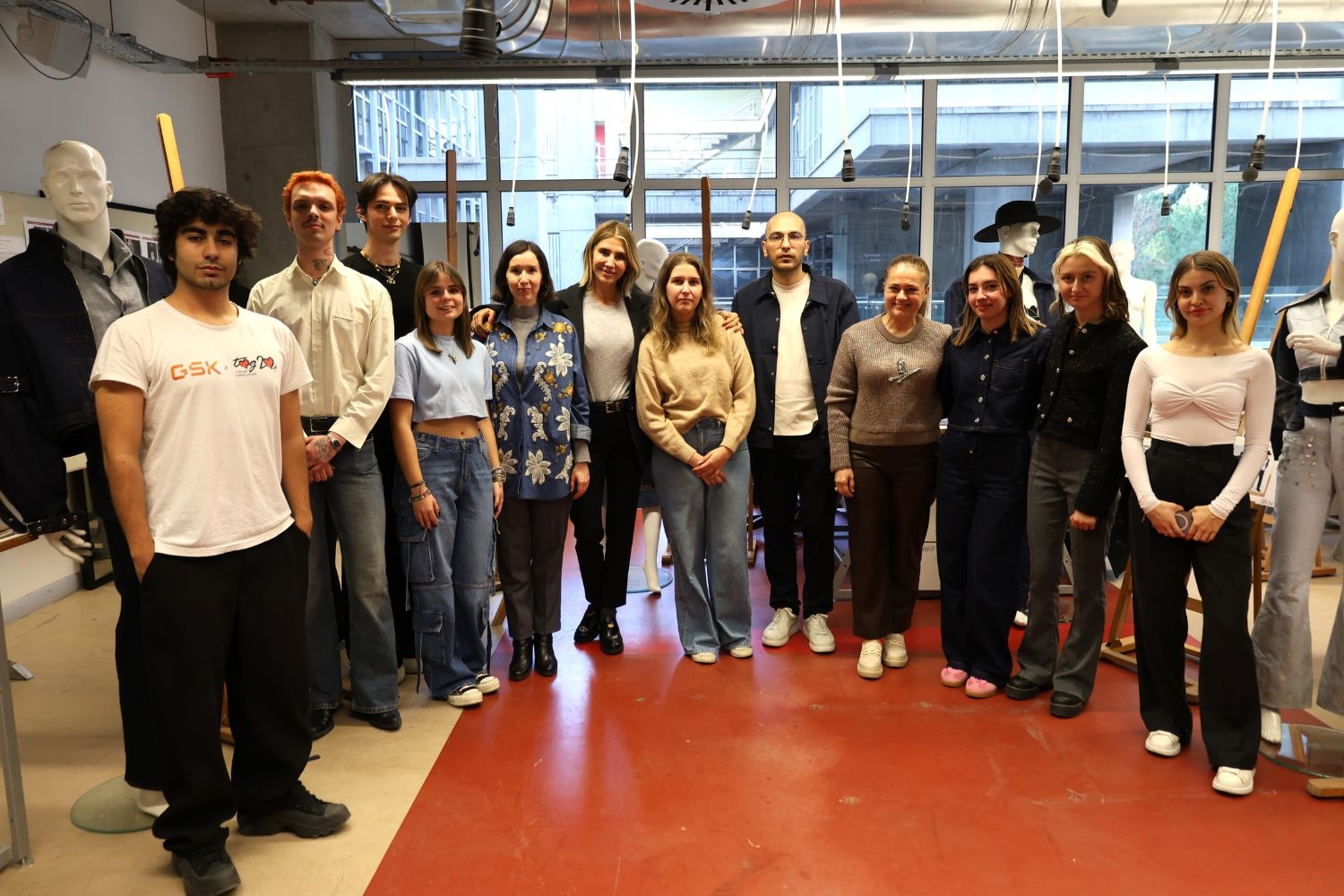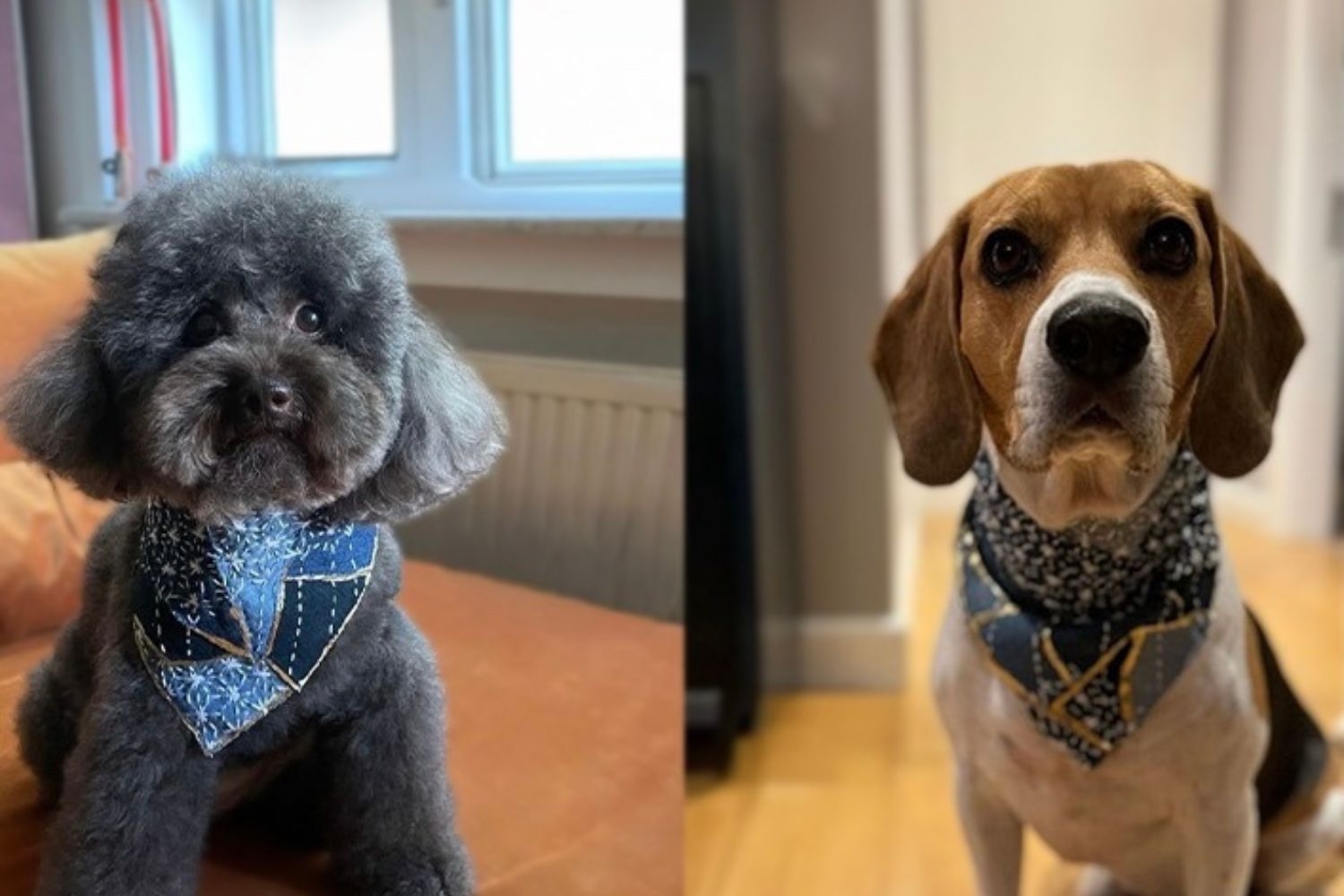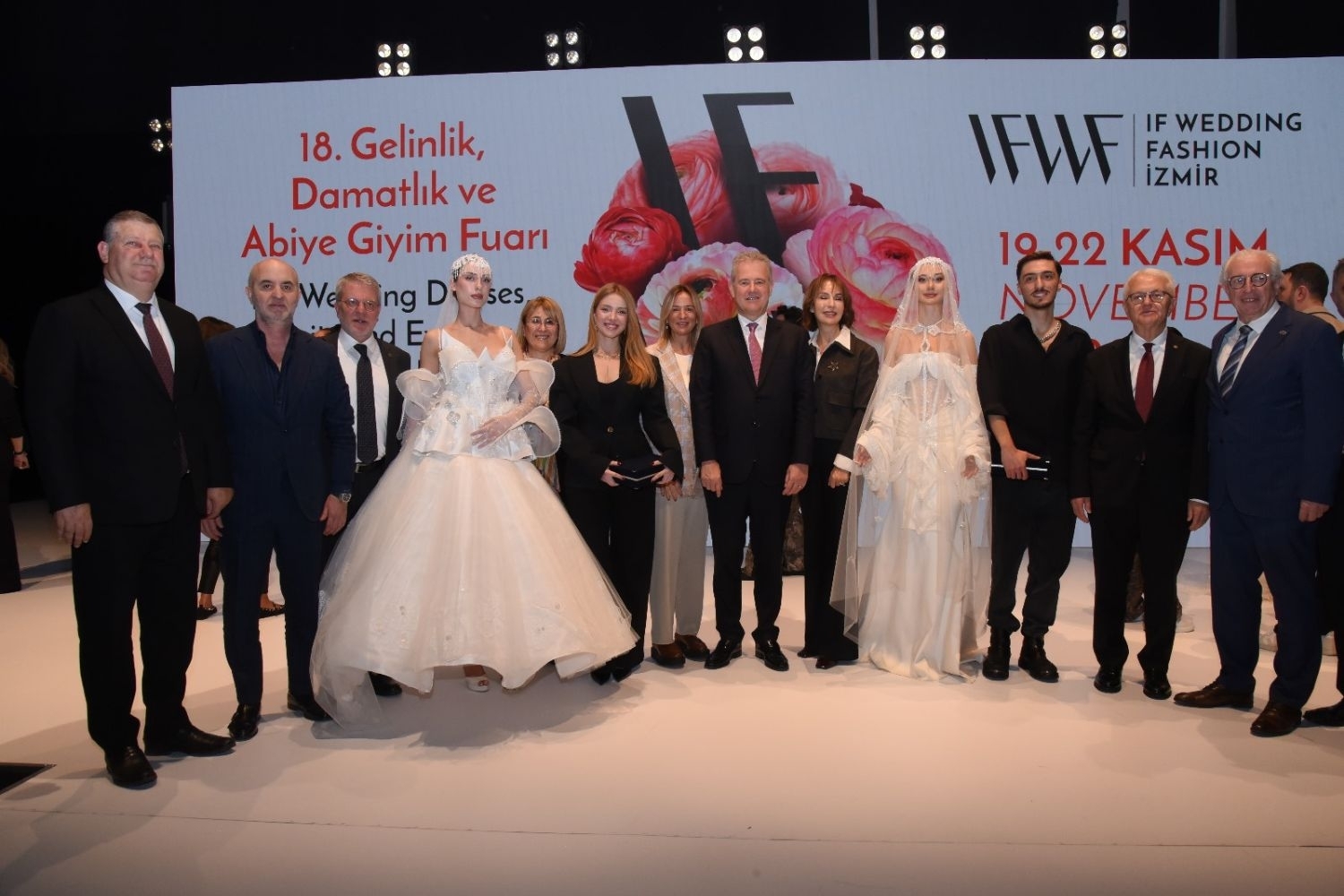FACULTY OF FINE ARTS AND DESIGN
Department of Textile and Fashion DesignFFD 101 | Course Introduction and Application Information
| Course Name |
Art and Design Studio 1
|
|
Code
|
Semester
|
Theory
(hour/week) |
Application/Lab
(hour/week) |
Local Credits
|
ECTS
|
|
FFD 101
|
Fall
|
1
|
8
|
5
|
8
|
| Prerequisites |
None
|
|||||
| Course Language |
English
|
|||||
| Course Type |
Required
|
|||||
| Course Level |
First Cycle
|
|||||
| Mode of Delivery | - | |||||
| Teaching Methods and Techniques of the Course | Group WorkQ&ACritical feedbackJuryApplication: Experiment / Laboratory / WorkshopLecture / Presentation | |||||
| National Occupation Classification | - | |||||
| Course Coordinator | ||||||
| Course Lecturer(s) |
|
|||||
| Assistant(s) | ||||||
| Course Objectives | Establishing the foundation to comprehend the common design language for five different disciplines, providing the basis for multidimensional thinking, developing the manual and mental skills to complement the ‘hands on practice’ |
| Learning Outcomes |
The students who succeeded in this course;
|
| Course Description | This is a course to introduce the basic principles of design that enable the students to establish the network of relations between the elements of a composition in any medium by way of ‘learning by doing’ method. In the table below, the main topics that are introduced to the students within the context of this course are given weekly. However due to the nature/structure of the course many of these topics that appear in the list sequentially are worked out simultaneously in practice. |
| Related Sustainable Development Goals |
|
|
|
Core Courses |
X
|
| Major Area Courses | ||
| Supportive Courses | ||
| Media and Management Skills Courses | ||
| Transferable Skill Courses |
WEEKLY SUBJECTS AND RELATED PREPARATION STUDIES
| Week | Subjects | Related Preparation |
| 1 | Introduction: [Warm-up study] Basic vocabulary on design and network of relations. | Exercise to be completed in the studio. Exercise to be completed for the next course. |
| 2 | What is a composition? Elements of a composition, properties of the elements and conditions that facilitate perception. | Exercise to be completed in the studio. Exercise to be completed for the next course. |
| 3 | The properties of composition: Elements, Organization and Visual Field | Exercise to be completed in the studio. Exercise to be completed for the next course. |
| 4 | The properties of composition: Elements, Organization and Visual Field | Exercise to be completed in the studio. Exercise to be completed for the next course. |
| 5 | Making analysis & Organization principles/types | Exercise to be completed in the studio. Exercise to be completed for the next course. |
| 6 | Making analysis & Organization principles/types | Exercise to be completed in the studio. Exercise to be completed for the next course. |
| 7 | Design themes & Types of Elements | Exercise to be completed in the studio. Exercise to be completed for the next course. |
| 8 | Design themes & Types of Elements | Exercise to be completed in the studio. Exercise to be completed for the next course. |
| 9 | Midterms Week | No classes. |
| 10 | Presentation Design | Exercise to be completed in the studio. Exercise to be completed for the next course. |
| 11 | Final Project | Exercise to be completed in the studio. Exercise to be completed for the next course. |
| 12 | Final Project | Working on the final project. |
| 13 | Final Project | Working on the final project. |
| 14 | Final Project | Working on the final project. |
| 15 | Semester Review | None |
| 16 | Final Jury | None |
| Course Notes/Textbooks | There are no textbooks for this course. Related concepts and exercises are explained in each assignment sheet. |
| Suggested Readings/Materials | Any reference related to the weekly subjects are designed up-to-date and given as visual or textual materials to the students. |
EVALUATION SYSTEM
| Semester Activities | Number | Weigthing |
| Participation |
1
|
5
|
| Laboratory / Application | ||
| Field Work | ||
| Quizzes / Studio Critiques | ||
| Portfolio | ||
| Homework / Assignments |
1
|
60
|
| Presentation / Jury | ||
| Project |
1
|
35
|
| Seminar / Workshop | ||
| Oral Exams | ||
| Midterm | ||
| Final Exam |
-
|
-
|
| Total |
| Weighting of Semester Activities on the Final Grade |
2
|
65
|
| Weighting of End-of-Semester Activities on the Final Grade |
1
|
35
|
| Total |
ECTS / WORKLOAD TABLE
| Semester Activities | Number | Duration (Hours) | Workload |
|---|---|---|---|
| Theoretical Course Hours (Including exam week: 16 x total hours) |
16
|
1
|
16
|
| Laboratory / Application Hours (Including exam week: '.16.' x total hours) |
16
|
8
|
128
|
| Study Hours Out of Class |
32
|
2
|
64
|
| Field Work |
0
|
||
| Quizzes / Studio Critiques |
0
|
||
| Portfolio |
0
|
||
| Homework / Assignments |
1
|
16
|
16
|
| Presentation / Jury |
0
|
||
| Project |
1
|
9
|
9
|
| Seminar / Workshop |
0
|
||
| Oral Exam |
0
|
||
| Midterms |
0
|
||
| Final Exam |
-
|
-
|
0
|
| Total |
233
|
COURSE LEARNING OUTCOMES AND PROGRAM QUALIFICATIONS RELATIONSHIP
|
#
|
Program Competencies/Outcomes |
* Contribution Level
|
|||||
|
1
|
2
|
3
|
4
|
5
|
|||
| 1 |
To be able to develop and design a collection independently. |
-
|
X
|
-
|
-
|
-
|
|
| 2 |
To be able to do maintain a design research individually or as a team. |
-
|
-
|
X
|
-
|
-
|
|
| 3 |
To be able to develop entrepreneurship- and managerial skills for a future professional practice. |
-
|
-
|
-
|
-
|
-
|
|
| 4 |
To be able to understand, interpret and apply theoretical knowledge in fashion and textile design. |
X
|
-
|
-
|
-
|
-
|
|
| 5 |
To be able to analyze and integrate the particular local and regional needs and of their profession. |
-
|
-
|
X
|
-
|
-
|
|
| 6 |
To be able to obtain a multidisciplinary point of view, follow and analyze the new issues, changes and trends in contemporary design and art in such a way that they can be integrated into design practice. |
-
|
-
|
-
|
X
|
-
|
|
| 7 |
To be able to apply industrial requirements, knowledge of material & usage and know-how knowledge in the creation of high quality fashion products. |
-
|
X
|
-
|
-
|
-
|
|
| 8 |
To be able to use digital information and communication technologies at a level that is adequate to the discipline of fashion and textile design. |
-
|
X
|
-
|
-
|
-
|
|
| 9 |
To be able to develop an ongoing analytical and professional approach to academic and design research. |
-
|
-
|
X
|
-
|
-
|
|
| 10 |
To be able to recognize the need and importance of a personal lifelong learning attitude towards their chosen area of interest. |
-
|
-
|
-
|
-
|
-
|
|
| 11 |
To be able to collect data in the areas of fashion and textile design and communicate with colleagues in a foreign language ("European Language Portfolio Global Scale", Level B1). |
-
|
-
|
-
|
-
|
-
|
|
| 12 |
To be able to speak a second foreign at a medium level of fluency efficiently. |
-
|
-
|
-
|
-
|
-
|
|
| 13 |
To be able to relate the knowledge accumulated throughout the human history to their field of expertise. |
-
|
-
|
-
|
-
|
-
|
|
*1 Lowest, 2 Low, 3 Average, 4 High, 5 Highest
NEWSALL NEWS

IZMIR UNIVERSITY OF ECONOMICS GÜZELBAHÇE CAMPUS
DetailsGLOBAL CAREER
As Izmir University of Economics transforms into a world-class university, it also raises successful young people with global competence.
More..CONTRIBUTION TO SCIENCE
Izmir University of Economics produces qualified knowledge and competent technologies.
More..VALUING PEOPLE
Izmir University of Economics sees producing social benefit as its reason for existence.
More..









